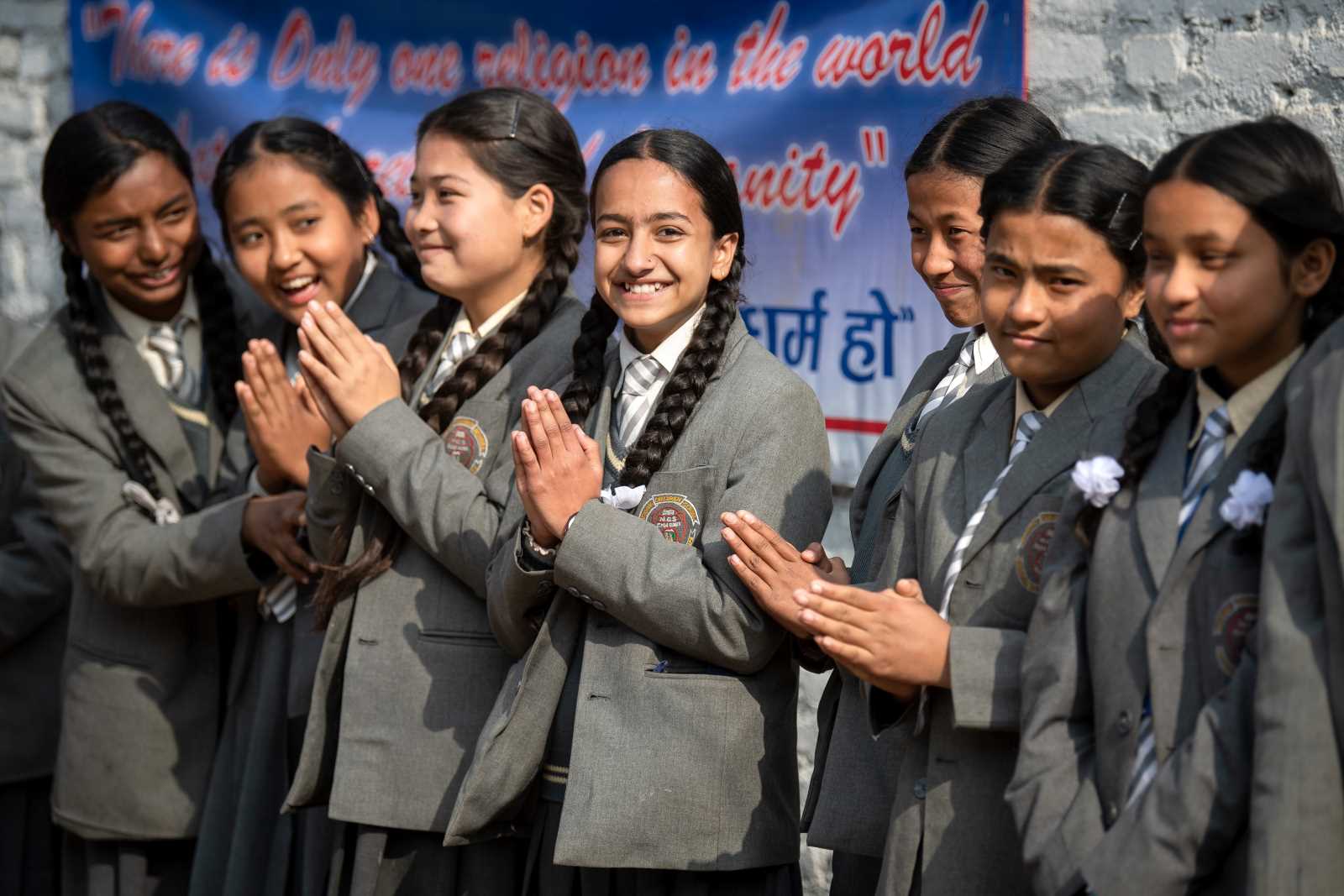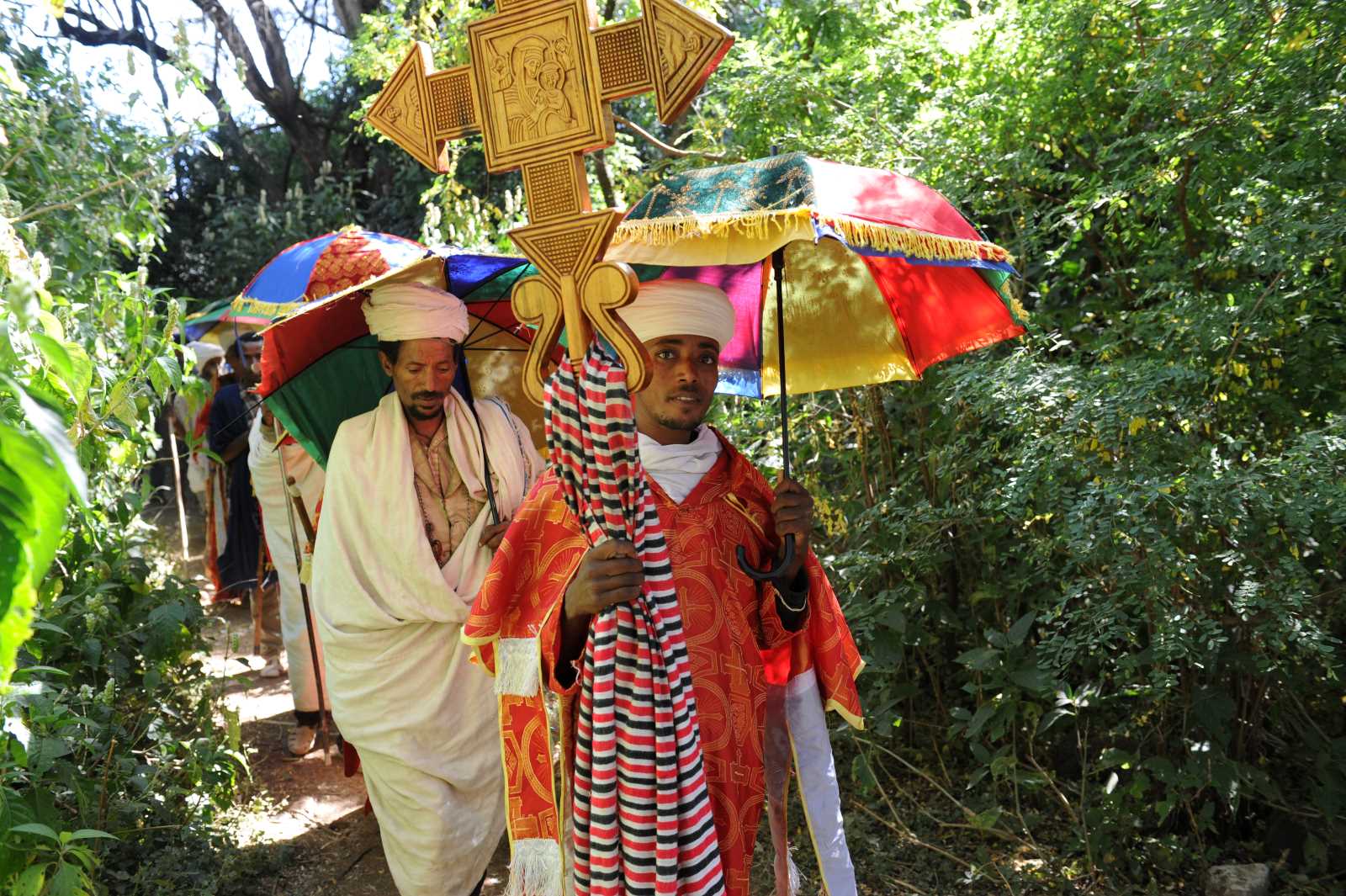Sustainable development
Nepal must grasp opportunities that tourism offers

Nepal has many majestic mountains, including the world’s highest, Mount Everest. The country also has a long history. Lumbini, for example, was the birthplace of Gautama Buddha. Nepal’s nature abounds with biodiversity, and its subtropical forests are the habitat of rhinoceroses, tigers and other wildlife. The traditional culture celebrates hospitality. The fact that costs for accommodation, food and other essential things are comparatively low also helps to make Nepal an attractive tourist destination.
The government considers this sector to be a mainstay of the economy. The national foreign-exchange reserves benefit massively from foreign visitors. Even in 2022, a year marked by the travel bans of the Covid-19 pandemic, tourism contributed six percent to gross domestic product and employed a little over 1 million people.
Tourism allows local economies to flourish, providing livelihoods to people, some of whom live in remote mountain areas. Different kinds of businesses are involved, from hotels and trekking agencies to local restaurants and handicraft shops. All of them offer employment opportunities – hospitality staff, tour guides, porters, cooks and salespersons. Farmers who supply fresh produce and artisans who sell local crafts benefit too.
Tourism is a major incentive to build infrastructure – and not only in the capital city Kathmandu. The government focuses on improving roads, bridges and airports to make remote areas more accessible. Electricity, water and communications infrastructure matters too. To a considerable extent, local communities benefit from such infrastructure development, and large hotels and other facilities that are built offer employment opportunities.
Pros and cons
Nonetheless, tourism is a double-edged sword, and infrastructure expansion is a good example. In some cases, new hydropower schemes flood valleys, and the obstruction of white-water rafting is only one side effect. The government has approved the construction of cable cars to make some mountain locations more accessible to old people, parents travelling with children and persons with disabilities. The new transport systems will change the landscape and cause more crowding in places with fragile ecosystems.
Many foreign visitors want to experience the mountains as well as subtropical eco-systems, but their very presence harms the environment. People have been complaining about solid waste and human excrements along trekking routes for a long time. Mount Everest is increasingly littered with garbage. According to a BBC investigation of 2015, moreover, some 200 dead human bodies must be scattered on its slopes. Mountaineering is dangerous, and many bodies are never recovered. Experts reckon that about 300 persons have died on their way up to or down from Mount Everest’s summit from 1990 to 2019.
In many areas, mountain climbing has actually become more dangerous due to global warming. The glaciers are dwindling. The risk of sudden glacial lake outburst floods is growing, and communities downstream suffer the impacts. Most tourists come to Nepal by airplane, so they contribute to the greenhouse-gas emissions that drive global heating. As the snow disappears and the landscape changes, tourists may find Nepal less attractive.
Impacts on culture and traditions
Cultural tourism has pros and cons too. On the one hand, foreigners come to experience Nepal’s heritage, appreciating the nation’s culture and traditions. On the other hand, tourism can erode the essence of culture and traditions. The commercialisation of cultural practices can be deeply disturbing, for instance when souvenir shops turn sacred objects into mere merchandise.
International hotel chains and other western-style hotels typically have standardised architecture that lacks Nepali design elements. Their menus only include a few Nepali dishes, if any at all. Small, locally-owned guesthouses offer a more authentic cultural experience, but many tourists bypass them. Generally speaking, the lifestyle of Nepal’s cities is becoming more “modern”, which is synonymous with “western”.
In past decades, Nepal’s tourism sector focused on international tourists. In recent years, however, internal tourism has been surging. The number of visitors from India has been increasing too. Himalayan mountains are important in Hindu mythology, as the gods are believed to reside on Mount Kailash. Snow-covered mountain slopes also feature prominently in Bollywood movies. They seem like cool heaven to people suffering the summer heat in a tropical country.
That both domestic and Indian tourism is growing in Nepal shows that prosperity has begun to spread in both countries, which are actually quite similar in many ways. One implication is that lesser-known destinations in Nepal are getting more visitors. Accordingly, livelihood opportunities should improve there, but both the natural environment and the local traditions may be disrupted.
A gender lens
Cultural change can be useful too, for example in regard to gender equality and justice. In 2017, the Tourism Entrepreneur Women’s Association of Nepal (TEWAN) was founded. It offers skills training as well as coaching for leadership positions. Women have indeed been increasingly finding opportunities in the sector, mostly in hospitality, souvenir sales and eco-tourism initiatives.
They are often concentrated in lower-level positions, but many would like to rise to better jobs. Trekking guides and porters have traditionally been men. There are issues about fair pay, and women in particular tend to be paid less. TEWAN shows that the traditional power balance has begun to change in the tourism sector.
Nepal needs the advantages of tourism, including revenue, job opportunity and infrastructure development. In the end, the key is sustainable and responsible tourism – fostering a symbiotic relationship between tourism, development and local communities. To prevent the over-commercialisation of nature, culture and environment, Nepal must pay attention to keeping development sustainable.
Rukamanee Maharjan is an assistant professor of law at Tribhuvan University, Kathmandu.
rukamanee.maharjan@nlc.tu.edu.np
















